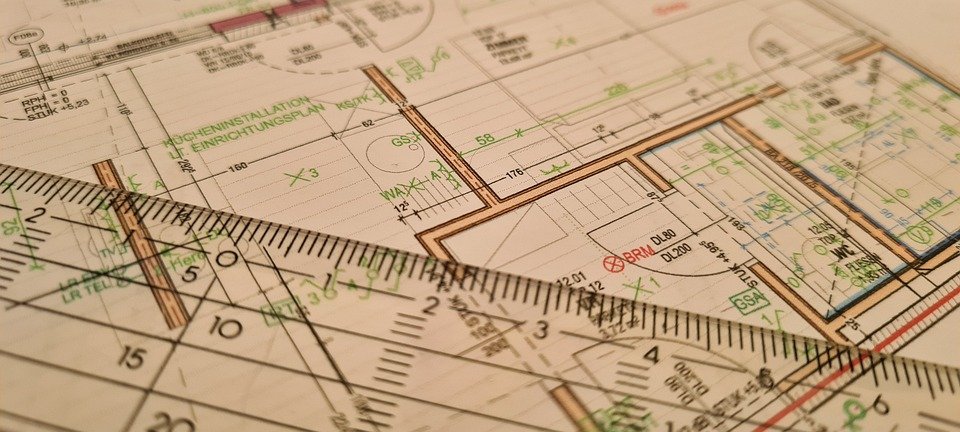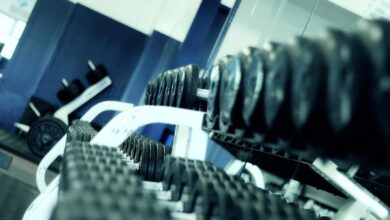Unlock Your Fitness Potential: The Ultimate Guide to Effective Workout Plans for All Levels
pilates

Unlock Your Fitness Potential: The Ultimate Guide to Effective Workout Plans for All Levels
Embarking on a fitness journey can be both exhilarating and daunting. Whether you’re a novice just lacing up your sneakers or a seasoned athlete seeking new challenges, understanding how to structure your workout plan effectively is key to unlocking your full potential. This guide aims to break down workout strategies suitable for all levels, ensuring that everyone can achieve their fitness goals.
Understanding Your Goals
Before diving into workout plans, it’s crucial to identify your fitness goals. Are you aiming to lose weight, build muscle, increase endurance, or improve overall health? Clearly defined goals will inform the type of exercises you include in your routine, as well as their frequency and intensity.
Assessing Your Fitness Level
For an effective workout plan, assessing your current fitness level is essential. This can be done through various fitness tests, such as measuring your aerobic capacity, strength, flexibility, and balance. Knowing where you stand helps in setting realistic goals and prevents the risk of injury.
The Core Elements of a Workout Plan
Strength Training: Regardless of your fitness level, strength training should be an integral component of your workout plan. Beginners can start with bodyweight exercises like squats, push-ups, and lunges. Intermediate and advanced athletes might incorporate free weights, resistance machines, and complex movements like deadlifts and bench presses.
Cardiovascular Exercise: Cardiovascular or aerobic exercises improve heart health and burn calories. Beginners might start with walking or cycling. As your fitness improves, you can progress to running, swimming, or participating in fitness classes.
Flexibility and Mobility: Stretching, yoga, or Pilates can enhance flexibility and mobility, reducing the risk of injuries and improving performance in other exercises. Incorporate dynamic stretches before workouts and static stretches post-workout.
Rest and Recovery: Adequate rest is vital to prevent overtraining and to allow muscles to repair and grow. Incorporate rest days into your weekly schedule and listen to your body’s signals.
Beginners: Building a Foundation
For beginners, the emphasis is on developing a consistent routine and mastering exercise form. Here’s a sample weekly plan:
- Monday: Full-body strength training (light weights, high reps)
- Tuesday: Cardio (30-minute brisk walk or cycling)
- Wednesday: Rest or light yoga
- Thursday: Full-body strength training
- Friday: Cardio (30-minute jog or swimming)
- Saturday: Flexibility and mobility exercises
- Sunday: Rest
Intermediate: Elevating the Challenge
Once a foundational level of fitness is achieved, it’s time to increase the complexity and intensity. Here’s a sample plan:
- Monday: Upper body strength training (moderate weights, moderate reps)
- Tuesday: High-intensity interval training (HIIT)
- Wednesday: Lower body and core workout
- Thursday: Rest or active recovery with light activities
- Friday: Full-body strength training
- Saturday: Long-duration cardio (running, cycling)
- Sunday: Yoga or Pilates
Advanced: Pushing the Limits
Advanced athletes require specialized training to continue progressing. A sample plan might look like:
- Monday: Split routine focus (e.g., chest and triceps)
- Tuesday: Cardiovascular endurance training
- Wednesday: Split routine focus (e.g., back and biceps)
- Thursday: Flexibility, and recovery, incorporating myofascial release techniques
- Friday: Leg day with both strength and plyometric exercises
- Saturday: HIIT or cross-training
- Sunday: Active recovery, monitoring with heart rate variability metrics
Customizing Your Plan
No two individuals are the same, and personalizing your workout routine is key to its effectiveness. Factors to consider include:
- Time Availability: Choose a realistic schedule that fits your lifestyle. Consistency trumps duration.
- Preferences: Engage in activities you enjoy to maintain motivation.
- Progression: Regularly assess your progress and adjust the plan to introduce new challenges, be it through increased weights, intensities, or novel exercises.
- Injuries and Limitations: Tailor exercises to accommodate any physical limitations, and consult professionals if needed.
Nutrition and Hydration
An effective workout plan is incomplete without attention to nutrition and hydration. Fueling your body with balanced meals rich in proteins, carbohydrates, and fats will support your activity levels. Stay hydrated and consider a recovery meal post-exercise to replenish lost nutrients.
Consistency and Adaptability
Consistency is pivotal. However, remain adaptable—life events, health issues, or fluctuations in motivation may require temporary adjustments to your routine. Maintain a flexible attitude and prioritize long-term habits over short-term gains.
Seeking Professional Guidance
Especially for those in intermediate and advanced stages, or individuals with specific health conditions, consulting with fitness trainers or taking guidance from experienced athletes can provide personalized insights and strategies.
Tracking Progress
Keep a record of your workouts, noting down weights, reps, durations, and how you feel post-exercise. This not only aids in identifying progress but can also highlight areas needing improvement.
Enjoy the Journey
Ultimately, fitness should enhance your life, not dominate it. Celebrate small victories and learn from setbacks. Incorporate activities outside of structured workouts, like hiking or playing a sport, to keep things fresh and enjoyable.
In Conclusion
Unlocking your fitness potential is a journey that requires dedication, patience, and a strategic approach. By understanding your goals, assessing your fitness level, and crafting a customized workout plan, you’ll be well-equipped to achieve the results you desire. Remember, the essence of long-term success in fitness lies in finding joy in the process and continuously challenging yourself to break new barriers.




